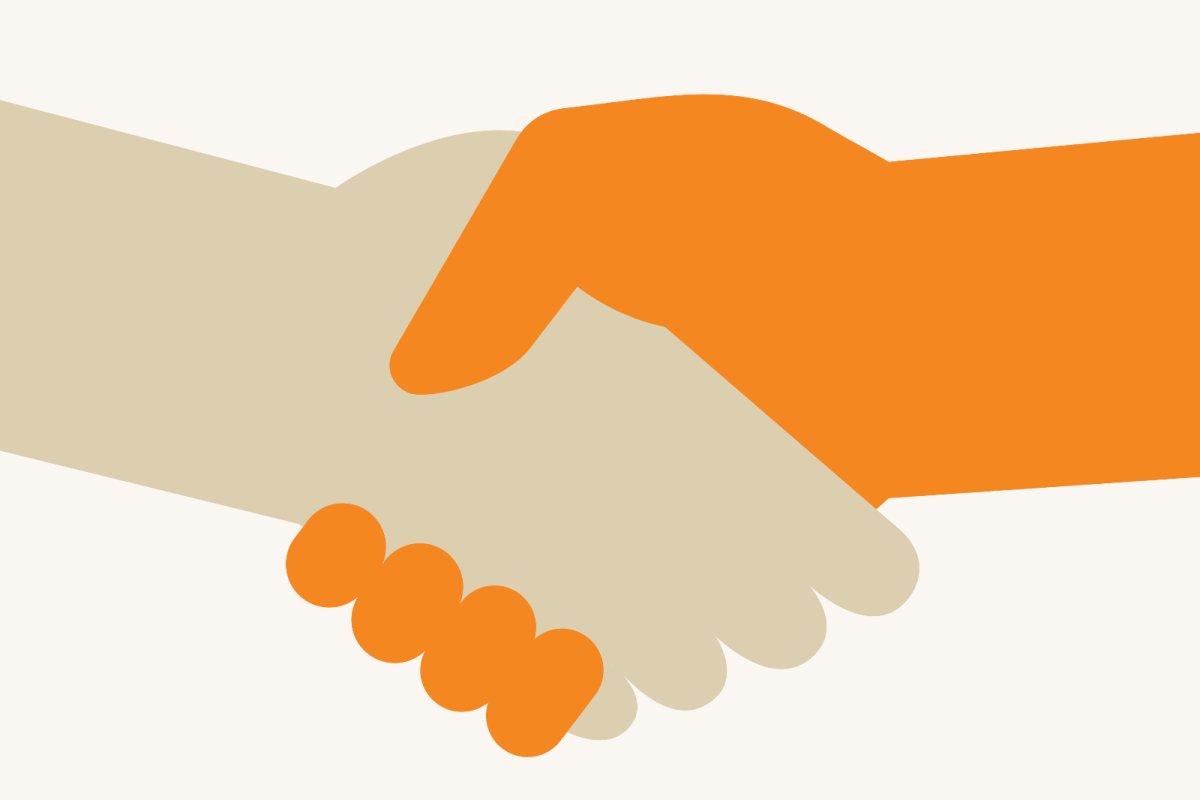As described in this section these will include:
- Profit and loss actuals: A record and evidence of all income received and expenses made via the business
- Income: As well as sales, this can include loans and/or grants and the evidence that corresponds to this.
- Expenditure: As well as direct cost of sales this includes fixed costs and all corresponding evidence.
- Startup actuals: This is all the money spent on getting the business ready for opening i.e. premises, uniforms, equipment, stock (this will have become a part of your direct costs) and the corresponding evidence.
How your records will be used
As described above the records you keep will allow you to monitor your financial performance in order to help you make management decisions – this could relate to your types of services and products, your suppliers, staffing, marketing etc. The other significant use of your financial records is the production of a set of accounts.
A set of accounts is an organisational tool that provides a digestible breakdown of all the financial transactions that a company conducted during a specific accounting period, broken down into subcategories. Generally, accounts must include:
A profit and loss account (or income and expenditure account if the company is not trading for profit). Described in more detail above – download the example Profit and Loss Budget.
A balance sheet signed by a Director on behalf of the board and the printed name of that director. A balance sheet (also known as statement of financial position) is a summary of the financial balances of an individual or organisation. Assets and liabilities are listed as of a specific date, such as the end of its financial year.
Assets are what a business owns, and liabilities are what a business owes. Both are listed on a company's balance sheet (a financial statement that shows a company's financial health). Assets minus liabilities equals equity, or an owner's net worth. A balance sheet is often described as a "snapshot of a company's financial condition”.
A standard company balance sheet has two sides: assets on the left, and liabilities on the right. Accounts must generally be accompanied by a directors’ report signed by a secretary or director and their printed name, including a business review (or strategic report) if the company does not qualify as a small business.
The detail of your accounts and who else might be involved in preparing them will depend upon your legal structure. For more support, look at the free business training offered by GCDA in London, or other infrastructure support organisations in your area.
Good Food Enterprise: Working to provide food that is good for people and the planet, and support local production playing a part in community beyond trading.
